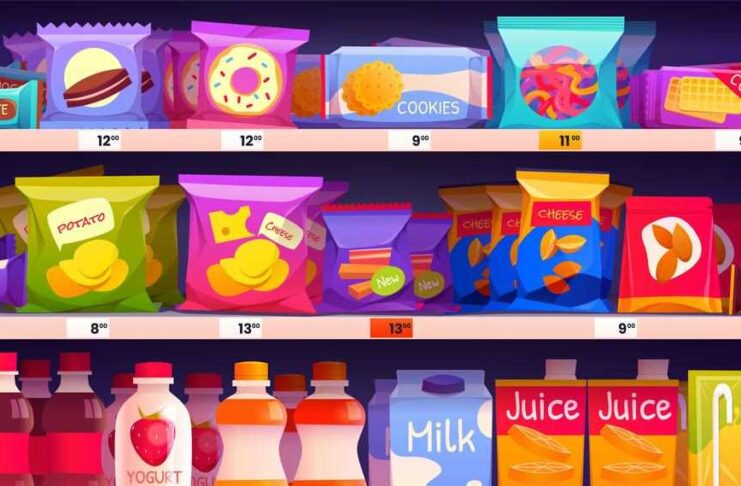Amidst fast-changing business scenarios, demand forecasting has emerged as a tool of strategic importance for Consumer-Packaged Goods (CPG) firms.
By accurately predicting demand, companies in the CPG industry can efficiently manage activities across their value chains, thereby realizing improved productivity, profitability, and customer satisfaction.
With traditional methods largely rendered useless today, CPG firms are adopting advanced data analytics to achieve high accuracy in demand forecasting.
Here’re key ways in which advanced data analytics can transform demand forecasting in the CPG industry, enabling companies to optimize their supply chain, streamline operations, and meet customer demands more effectively.
Enhanced forecasting accuracy: Achieving enhanced forecasting accuracy is influenced by multiple factors such as latent needs, past sales, changing aspirations, etc. Conventional approaches to demand forecasting, relying solely on historical sales data and basic statistical models, have frequently failed to capture the complex dynamics of the CPG market.
However, technology advancements and the abundance of data have now presented CPG firms with new opportunities to enhance forecasting accuracy. The insights driven by analytics enable CPG companies to enhance demand forecasting accuracy by the following methods:
Harnessing real-time data: By analyzing real-time data from multiple sources, CPG companies can accurately forecast demand for short-term and long-term time horizons. Incorporating data from point-of-sale systems, social media platforms, and market research provides a comprehensive view of market dynamics and consumer behavior. This enables companies to make informed decisions regarding sourcing, inventory, production, logistics, and marketing strategies.
Demand pattern identification: Advanced analytics helps identify the effects of seasonality patterns, promotional impacts, and competitor activities on customer demand. By analyzing historical data, companies can identify the specific periods of demand fluctuation, allowing them to align their operations accordingly. Furthermore, analyzing past promotions and their effects on demand provides insights into optimizing future promotional activities.
Consumer behavior insights: Using sentiment analysis and tracking tools, CPG companies can gain valuable insights into changing preferences of consumers. By monitoring social media posts, online reviews, and survey feedback of customers, CPG firms can better understand their preferences, opinions, and purchasing patterns. Incorporating these insights into demand forecasting models enables companies to anticipate shifts in consumer demand and adapt their strategies accordingly.
Navigating market trends: Advanced analytics allows CPG companies to keep pace with rapidly evolving market trends. By analyzing market data and external factors such as economic conditions, cultural shifts, and emerging technologies, companies can better understand the market landscape and prepare accordingly to make necessary modifications in product and market strategies. This knowledge also helps in accurate demand forecasts and developing proactive strategies to meet changing consumer needs.
Collaborative decision-making: Data analytics facilitates holistic planning, forecasting, and decision-making among key stakeholders. By sharing demand forecasts and relevant data with retailers, distributors, and suppliers, companies can streamline their operations and hence realize better efficiency in the process. This collaborative approach ensures entire value chain is well-informed and responds effectively to demand fluctuations.
Benefits of incorporating data analytics in demand forecasting
Incorporating data analytics into demand forecasting offers numerous benefits for CPG businesses. It optimizes the supply chain by utilizing insights into demand patterns and seasonality, facilitating the alignment of production, inventory management, and distribution strategies. By analyzing consumer behavior and preferences, data analytics enhances the ability to meet customer demands, allowing businesses to customize products, marketing efforts, and customer experiences accordingly.
Furthermore, it streamlines operations by examining market trends and external factors, enabling informed decision-making, improving operational efficiency, and developing proactive strategies to adapt to evolving consumer needs.
Analytics adoption challenges and the way forward
While data analytics presents numerous opportunities, implementing an effective demand forecasting system comes with its own set of challenges. Companies must invest in the right infrastructure, talent, and technologies to extract maximum value from their data.
However, the benefits of using data analytics for demand forecasting far outweigh the challenges. As technology evolves, demand forecasting powered by data analytics will become even more advanced, enabling CPG companies to make proactive, data-driven decisions and remain agile in an ever-changing marketplace.




